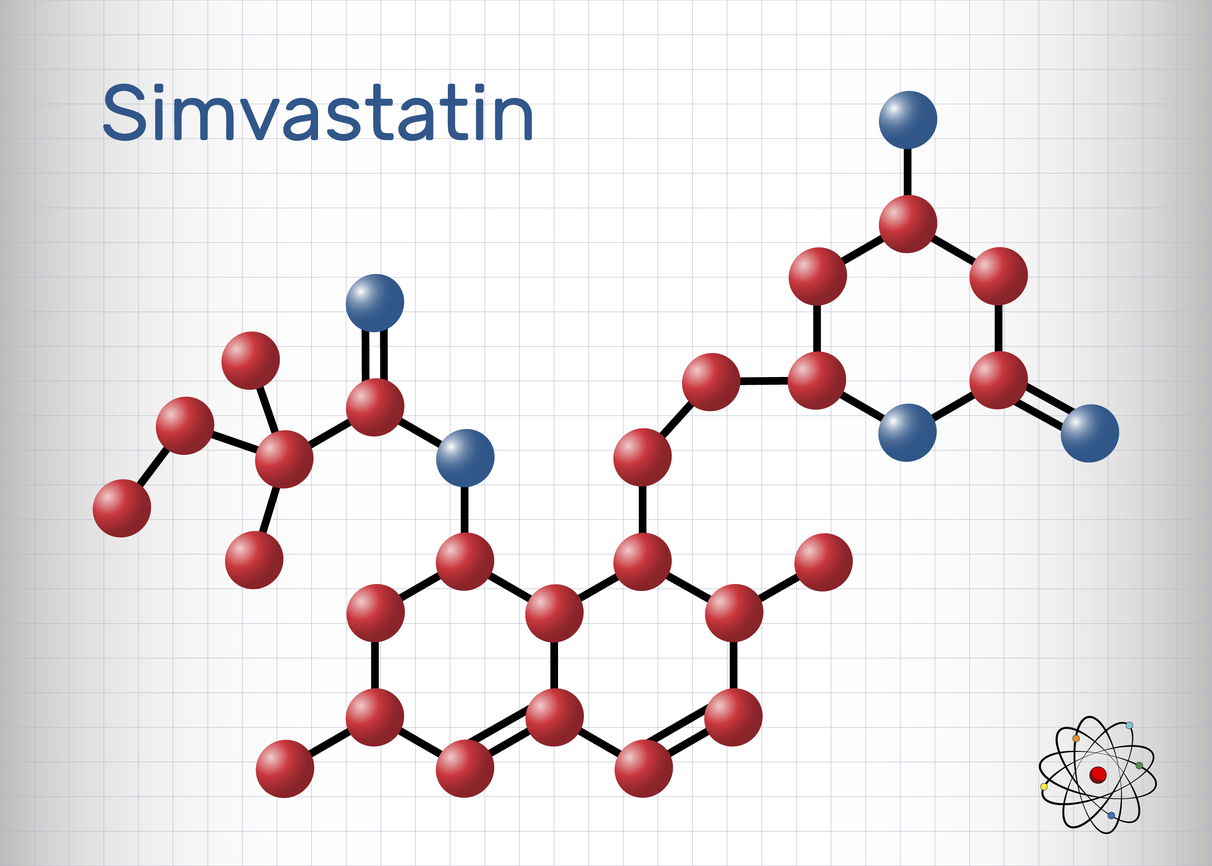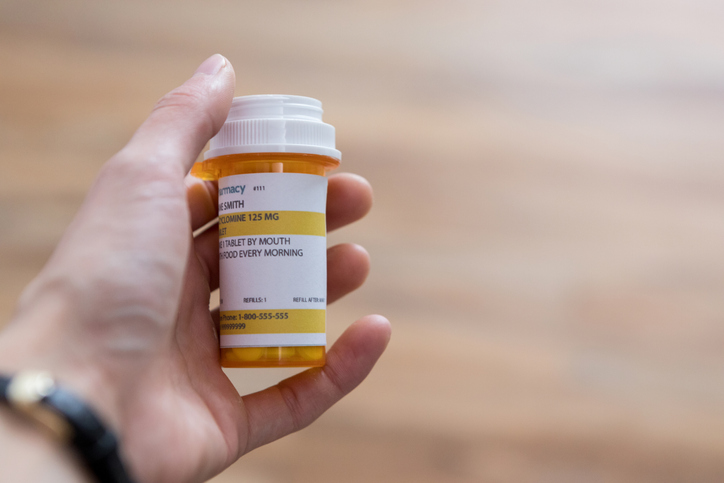Pain
Low-Dose Naltrexone as a Treatment for Complex Regional Pain Syndrome (CRPS)

Naltrexone is a medication approved by the U.S. Food and Drug Administration for the treatment of substance abuse, such as alcohol or opioid addiction. However, it is also used off-label at a much lower dose for the treatment of chronic pain conditions, such as temporomandibular joint (TMJ) disorder, interstitial cystitis, fibromyalgia, and Ehlers-Danlos syndrome. Recent research suggests that low-dose naltrexone (LDN) may also be effective in the treatment of complex regional pain syndrome (CRPS).
The exact way low-dose naltrexone (LDN) reduces pain is unknown; however, it is thought to reduce inflammation, which decreases pain. It may also stimulate the production of endorphins (the body’s natural pain relievers). In addition to relieving pain, LDN may reduce or eliminate other CRPS symptoms, such as muscle spasms.
LDN is typically a low-cost medication with few side effects, making it a promising treatment option for CRPS. It is also not addictive and does not cause sedation, unlike some other medication treatment options for CRPS.
In September 2021, LDN received orphan-drug designation from the U.S. Food and Drug Administration (FDA) as a treatment for CRPS. This designation allows the drug manufacturer to conduct large-scale clinical trials and potentially receive FDA approval in a timely manner.


















